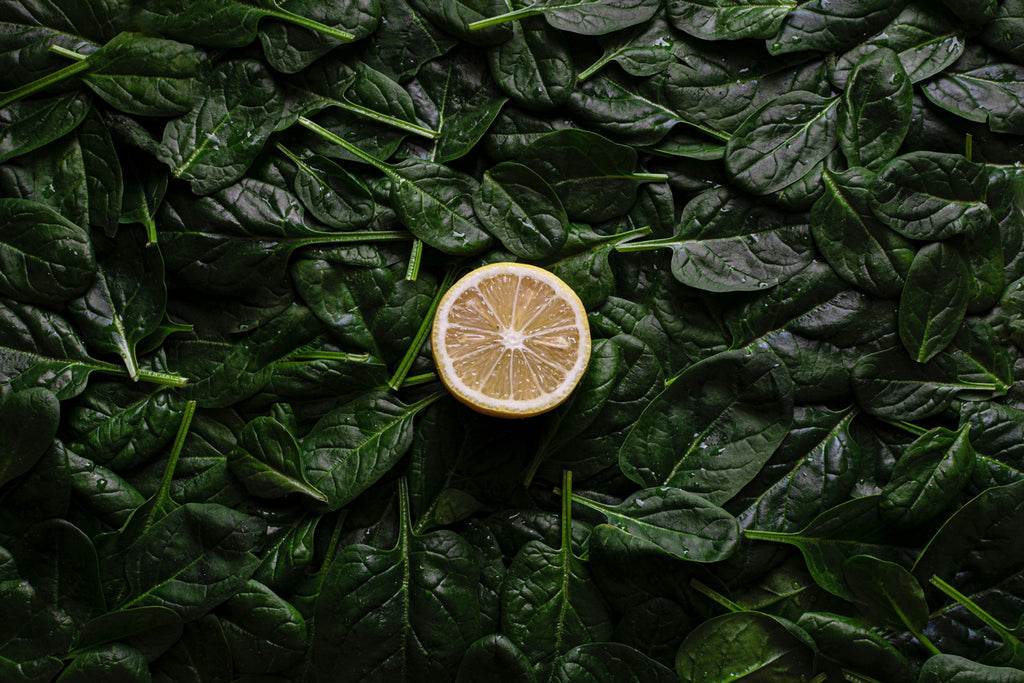Yeşil Harika: Ispanak İçin Kapsamlı Bir Rehber

Canlı yeşil yaprakları ve çok yönlü yapısıyla ıspanak, dünya mutfaklarında sevilen bir sebze olmuştur. Zengin tarihinden sayısız sağlık faydalarına ve mutfak kullanım çeşitliliğine kadar ıspanak, yakından incelenmeyi hak eden bir besin gücüdür. Hadi ıspanağın büyüleyici dünyasına dalalım; tarihini, yetiştiriciliğini, sağlık faydalarını, mutfak kullanımlarını ve daha fazlasını keşfedelim.

Kısa Bir Tarihçe
Ispanak kökenini antik Pers'e (günümüz İran'ı) dayandırır ve 2.000 yıldan fazla bir süredir yetiştirilmektedir. Daha sonra Çin'e yayıldı ve burada "Pers sebzesi" olarak bilindi, ardından Orta Çağ'da Avrupa'ya ulaştı. Ispanak Akdeniz mutfağında popülerlik kazandı ve 19. yüzyılda Kuzey Amerika'ya ulaştı. Günümüzde dünya çapında yetiştirilmekte ve besin değeri ile mutfak çeşitliliği nedeniyle değer görmektedir.
Yetiştirme ve Büyüme
Ispanak, ılıman iklimlerde gelişen serin mevsim bitkisidir. Organik madde açısından zengin, iyi drene edilmiş toprak ve bol güneş ışığını tercih eder. Ispanak tohumdan veya fideyle yetiştirilebilir ve genellikle sonbahar hasadı için erken ilkbahar veya geç yazda ekilir. Düzenli sulama ve uygun aralıklar sağlıklı ıspanak bitkileri için gereklidir; bitkiler yaklaşık 6 ila 8 haftada olgunlaşır.

Ispanak Çeşitleri
Ispanak, her biri kendine özgü özelliklere sahip çeşitli çeşitlerde gelir. Yaygın türler arasında buruşuk yapraklı savoy ıspanak; düz, pürüzsüz yapraklı smooth-leaf ıspanak; ve hafif buruşuk yapraklı hibrit bir çeşit olan yarı-savoy ıspanak bulunur. Genç ve yumuşakken hasat edilen bebek ıspanak da hassas tadı ve dokusu nedeniyle popülerdir.

Sağlık Faydaları
Ispanak, besinlerle dolu bir güç kaynağıdır. A, C ve K vitaminleri ile folat, demir ve kalsiyumun mükemmel bir kaynağıdır. Ispanak ayrıca iltihaplanma ve oksidatif strese karşı koruma sağlayan antioksidanlar açısından zengindir. Yüksek lif içeriği sindirim sağlığını desteklerken, düşük kalori değeri kilo dostu bir seçenek olmasını sağlar.
Taze ve Dondurulmuş Ispanak
Taze ve dondurulmuş ıspanakların yemek yapmada kendine özgü avantajları vardır. Taze ıspanak, salatalar, sote yemekleri ve hassas dokusunun istendiği tarifler için idealdir. Öte yandan, dondurulmuş ıspanak çorbalar, güveçler, smoothieler ve ıspanağın pişirilerek kullanıldığı yemekler için pratiktir. Dondurulmuş ıspanak ayrıca mevsimi dışında ıspanağı korumanın da uygun bir yoludur.
Mutfaktaki Kullanımları
Ispanak, basit salatalardan karmaşık ana yemeklere kadar geniş bir mutfak uygulamasına uygundur. Salatalarda veya sandviçlerde çiğ olarak, yan yemek olarak sotelenmiş ya da çorba, güveç, kiş ve makarna yemeklerine dahil edilerek tüketilebilir. Ispanak, sarımsak, soğan, domates, peynir, kuruyemişler ve çeşitli otlar ve baharatlarla iyi uyum sağlar, yemeklere lezzet ve besin değeri katar.

Ispanaklı Yemek Örnekleri
- Çilek, beyaz peynir ve balsamik soslu ıspanak salatası
- Ispanak ve beyaz peynir dolgulu tavuk göğsü
- Ispanak ve mantarlı kiş
- Kremalı ıspanak ve enginar sosu
- Ispanak ve ricotta peynirli makarna kabukları
- Saag paneer (Peynirli Hint ıspanak yemeği)
- Spanakopita (Yunan ıspanak böreği)
- Ispanak ve mercimek çorbası


Pişirme Teknikleri
Ispanak, soteleme, buharda pişirme, haşlama ve haşlama gibi çeşitli yöntemlerle pişirilebilir. Ispanak sotelenmek istenirse, tavada zeytinyağı ısıtılır, kıyılmış sarımsak eklenir ve kokusu çıkana kadar pişirilir. Taze ıspanak yaprakları eklenir ve solana kadar pişirilir. Ispanak buharda pişirildiğinde besin değerleri ve canlı rengi korunur, haşlama veya blanşlama ise pişmiş ıspanak gerektiren tarifler için idealdir.
Saklama İpuçları
Ispanak taze kalması için yıkanmamış halde buzdolabının sebzelik çekmecesinde plastik bir torbada saklanmalıdır. Ispanak, fazla nemin hızla bozulmasına neden olabileceği için kullanmadan hemen önce yıkanmalıdır. Uzun süreli saklama için taze ıspanak haşlanmalı, fazla suyu sıkılmalı ve hava geçirmez kaplarda veya dondurucu poşetlerinde altı aya kadar dondurulmalıdır.

Özet
Ispanak sadece besleyici bir güç kaynağı olmakla kalmaz, aynı zamanda sayısız yemeğe derinlik ve canlılık katan çok yönlü ve lezzetli bir malzemedir. İster salatalarda çiğ olarak, ister çorba ve güveçlerde pişirilmiş ya da smoothielere karıştırılmış olsun, ıspanak sayısız mutfak olanağı sunar. Tarihini, yetiştirilmesini, sağlık faydalarını ve mutfaktaki kullanımını anlayarak, ıspanağın tüm görkemiyle yeşil mucizesini tam anlamıyla takdir edebilirsiniz. Bu yüzden, bir dahaki sefere mutfaktayken, ıspanağın çok yönlülüğünü kucaklayın ve canlı yeşil yapraklarının mutfak yaratımlarınıza ilham vermesine izin verin.
İlgili konular:
















Yorum bırak